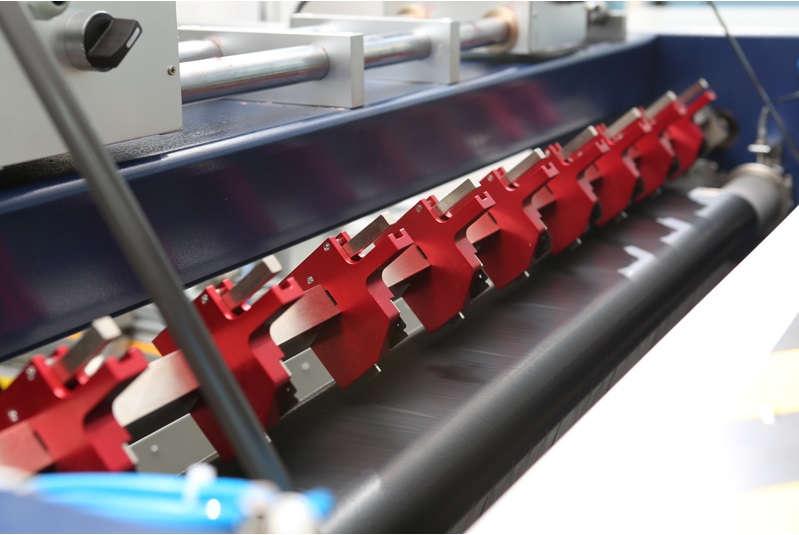
Slitter tuning is an important mechanical operation that is often used in food processing and manufacturing. Slitting machines are often used to cut ingredients, food, and other items into the desired shape and size. The knife adjustment process requires great care to ensure safety and get the desired cutting results. The following is the detailed operation method of the slitting machine:
1. First of all, make sure you have read and understood the instruction manual of the slitter before starting the operation. For different models of slitting machines, there may be some special requirements and precautions.
2. Before you start adjusting the knife, make sure the slitter has been turned off and disconnected from the power supply. This is to avoid any unexpected accidents and ensure the safety of the operation.
3. Perform a blade inspection. First, inspect the blade for cracks, deformation, or other damage. If the blade is found to be damaged, it needs to be replaced in time. Second, check the sharpness of the blade. If you find that the blade has become dull, you need to sharpen the knife.
4. Adjust the angle and position of the blade. The angle and position of the blade can affect the result of the cut. Adjust the angle and position of the blade according to the desired cutting requirements. Typically, this can be achieved by rotating and adjusting the screws on the blade.
5. Adjust the cutting thickness. The slitting machine can cut food of different thicknesses as needed. Depending on the desired cutting thickness, adjust the spacing between the blade and the tool holder. Typically, this can be achieved by rotating and adjusting the screws on the tool holder.
6. Make sure the feeding system of the cutting machine is working properly. The feeding system can ensure that the food material to be cut remains stable during the cutting process. Check that the feeding system is installed correctly and is working properly.
7. Turn on the power of the slitter and make sure all safety measures have been taken. Slitters are usually equipped with some safety devices, such as protective covers and emergency stop buttons. During operation, always pay attention to safety and be ready to press the emergency stop button at any time.
8. Place the food to be cut in the feeding system and adjust the feeding speed. According to the characteristics of the food to be cut, adjust the feeding speed to ensure the stability and efficiency of the cutting process.
9. Start cutting. When all the preparations are done, it's time to start cutting. The operator needs to observe the cutting effect on one side and adjust the cutting speed and parameters at any time to achieve the best cutting effect.
10. After finishing the cutting, turn off the power of the slitter, and clean and maintain. The slitter produces a lot of debris and food residue during the cutting process, which needs to be cleaned up to ensure hygiene and safety for the next use.
In short, slitter knife adjustment is a job that requires careful and careful operation. Before proceeding, it is important to ensure that the operator is familiar with the operation steps and has the necessary safety awareness. During operation, it is necessary to be aware of various security risks and be ready to respond to them at any time. After the cutting is completed, the slitter needs to be properly cleaned and maintained to ensure its proper operation and longevity. Hope the above operation methods can be helpful to you.
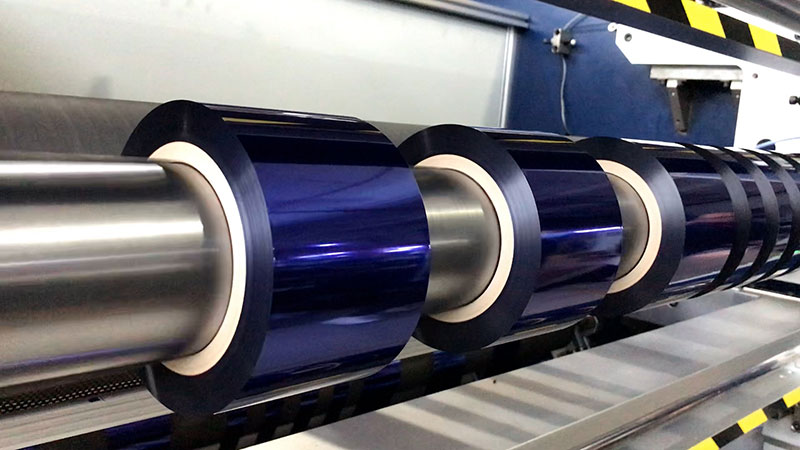
The operation of an hot stamping foil slitting machine is not a simple mechanical repetition but a professional job that requires skill, responsibility, and continuous learning.
05. January, 2026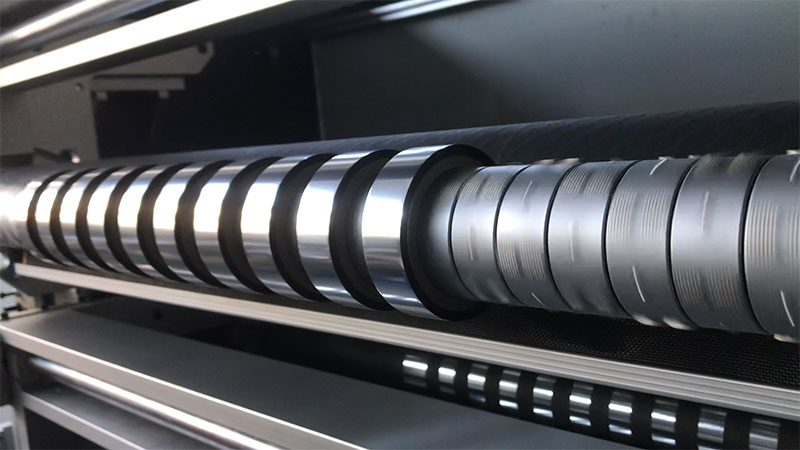
This article will comprehensively analyze the key parameters of hot stamping foil slitting machine selection to help you make an informed decision.
05. January, 2026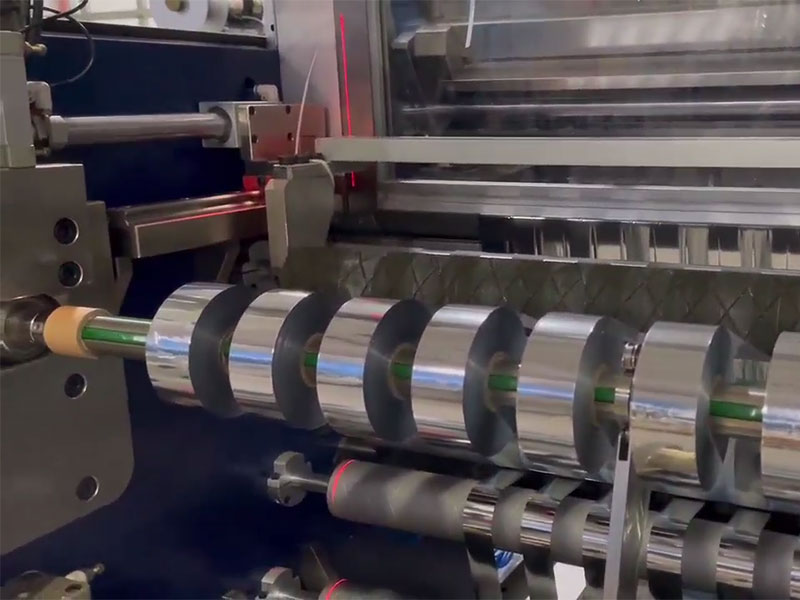
In the face of a dazzling array of brands and models on the market, how to choose an hot stamping foil slitting machine that suits your own production needs?
05. January, 2026
The core criterion for judging the quality of a ribbon slitting machine is its ability to avoid slitting losses.
03. January, 2026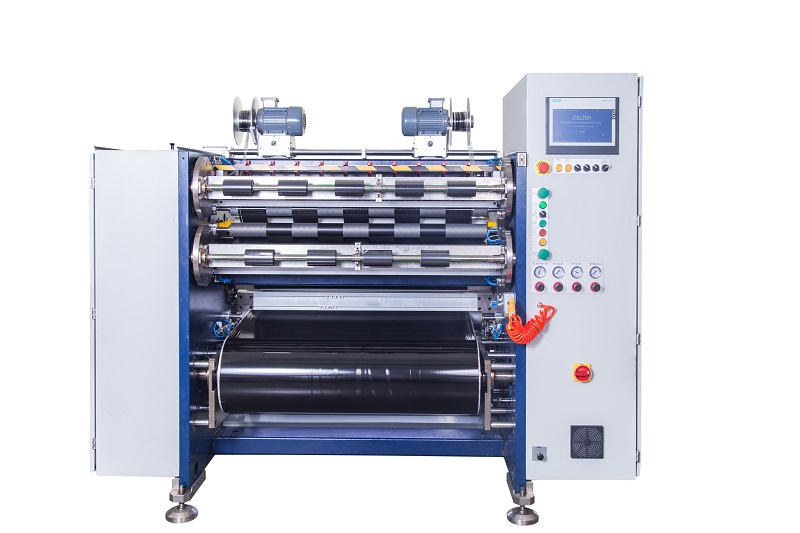
With a wide range of devices on the market, decision-makers are often caught up in the triple factor: price, brand, and performance.
03. January, 2026